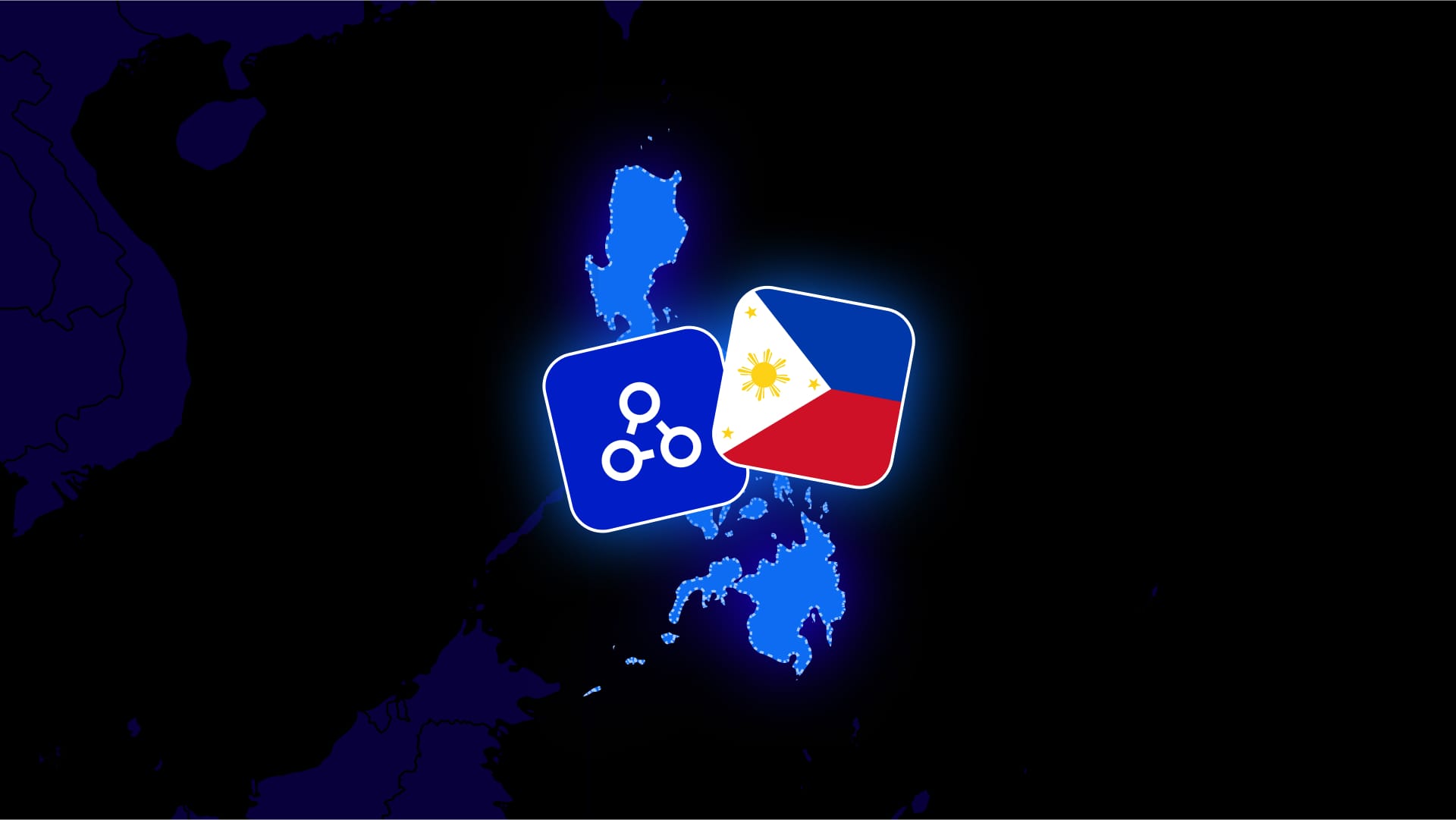Oobit launches in the Philippines, turning stablecoin remittances into instant, everyday spending.
For decades, the Philippines has depended on remittances. Overseas Filipino Workers (OFWs) send home over $38 billion each year. But until now, those funds hit delays, conversion fees, and long queues. That era is ending.
Today, Oobit officially launches in the Philippines, allowing people to receive and instantly spend remittances in USDT, the world's leading stablecoin. Whether it’s buying groceries, paying bills, or sending money across the islands, Filipinos can now skip traditional banks and use Tether like cash.
A Market Poised for Crypto Remittance Utility
Signals show that the Philippines is primed for this shift:
- USD 38.34 billion remittances in 2024 - one of the highest in Asia
- Placed 9th in the 2025 Chainalysis Global Adoption Index
- Smartphone penetration in the Philippines reached 72% in 2024, with digital wallets accounting for 34% of e-commerce purchases in 2024
- A trend of crypto usage beyond trading, shifting toward payments
This isn’t just about crypto access. It’s a cultural and economic shift in one of the world’s largest remittance economies.
With Oobit’s crypto card in the Philippines, anyone can:
- Pay in-store and online anywhere Visa is accepted
- Send money to family and friends instantly, with zero fees
- Spend USDT and 20+ digital assets, including BTC, ETH, and SOL
"This changes the game for how remittances are used. People no longer have to wait to convert money. Their funds are instantly spendable, just like cash," said Amram Adar, CEO of Oobit.
The Behavior Is Already Changing
In pilot markets across Metro Manila and Cebu, users are already transacting in stablecoins for daily expenses like groceries, school supplies, and transportation. The shift is subtle but steady: money is being used as soon as it arrives, without conversions or delays.
Why This Matters Now
The Philippines has over 113 million people, with one of the highest smartphone adoption rates in Southeast Asia. As financial inclusion efforts expand, stablecoins like USDT are becoming tools for real economic participation.
And the timing couldn’t be more urgent. Global remittance fees remain high. Traditional systems are slow. People need money that moves at the speed of life.
Looking Ahead
This launch turns the Philippines into a live case study for the stablecoin economy. It proves that Tether isn’t just for trading. It’s becoming everyday money. And as more families opt to receive funds in USDT, the remittance model itself begins to shift.
Other remittance-heavy nations, from Mexico to Nigeria, will be watching.
